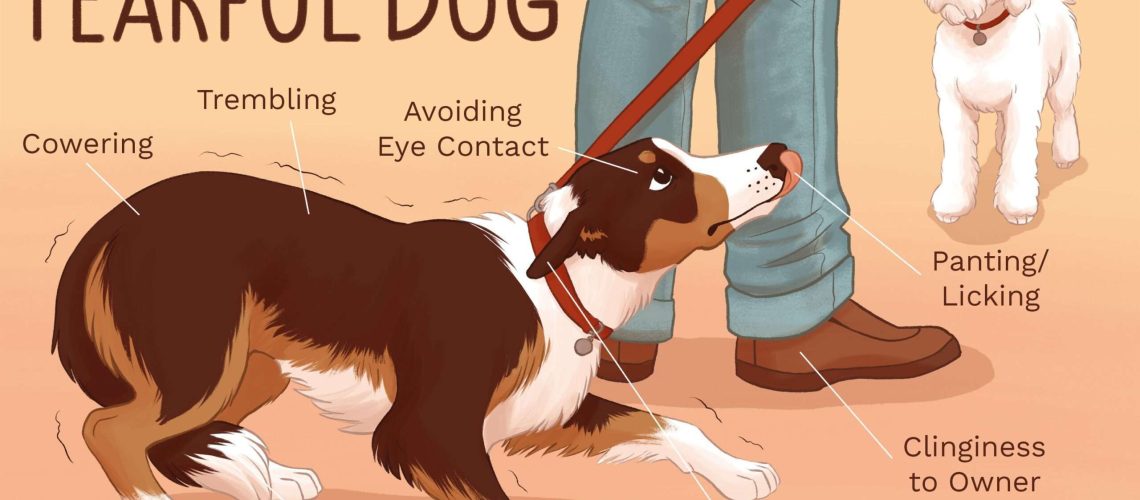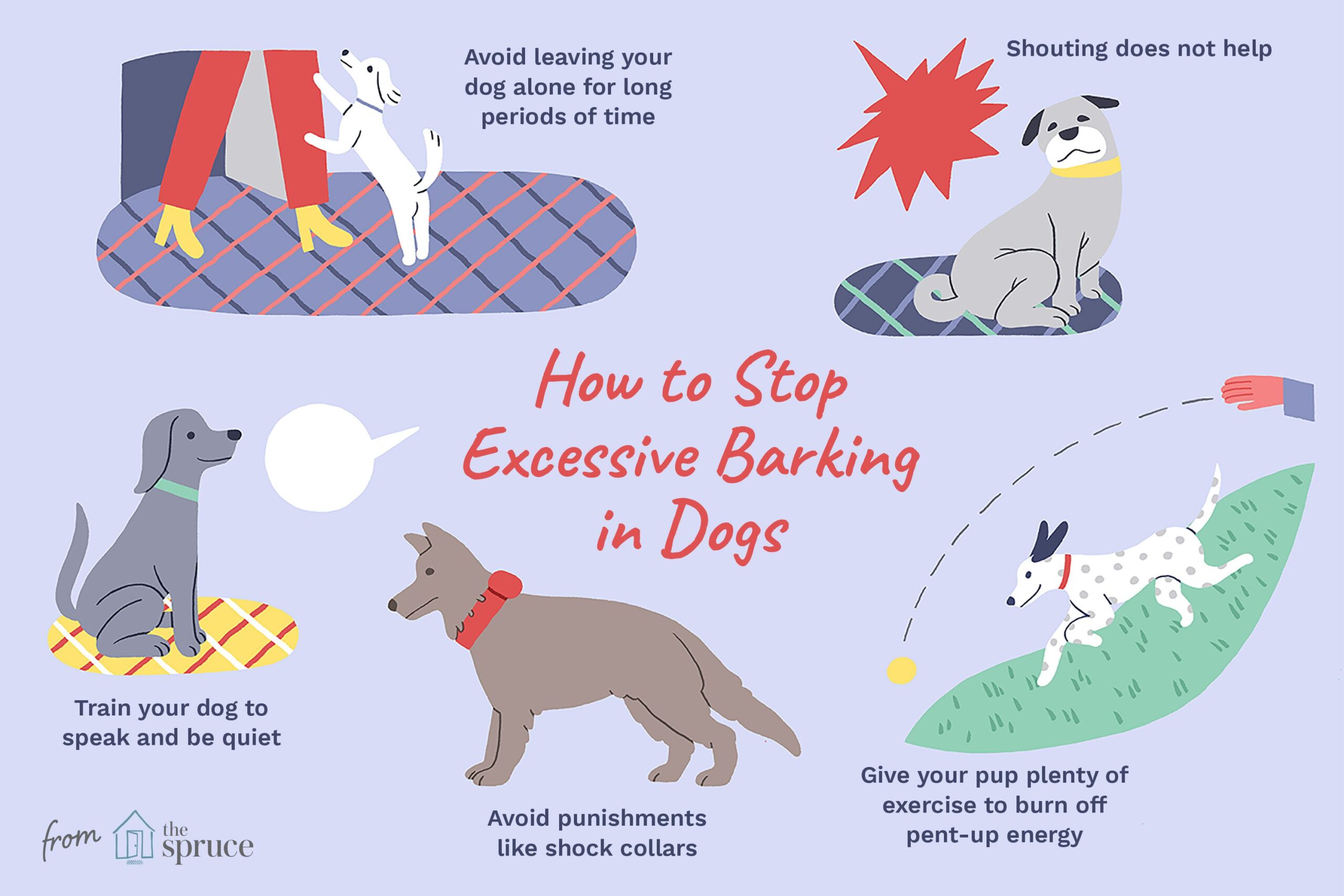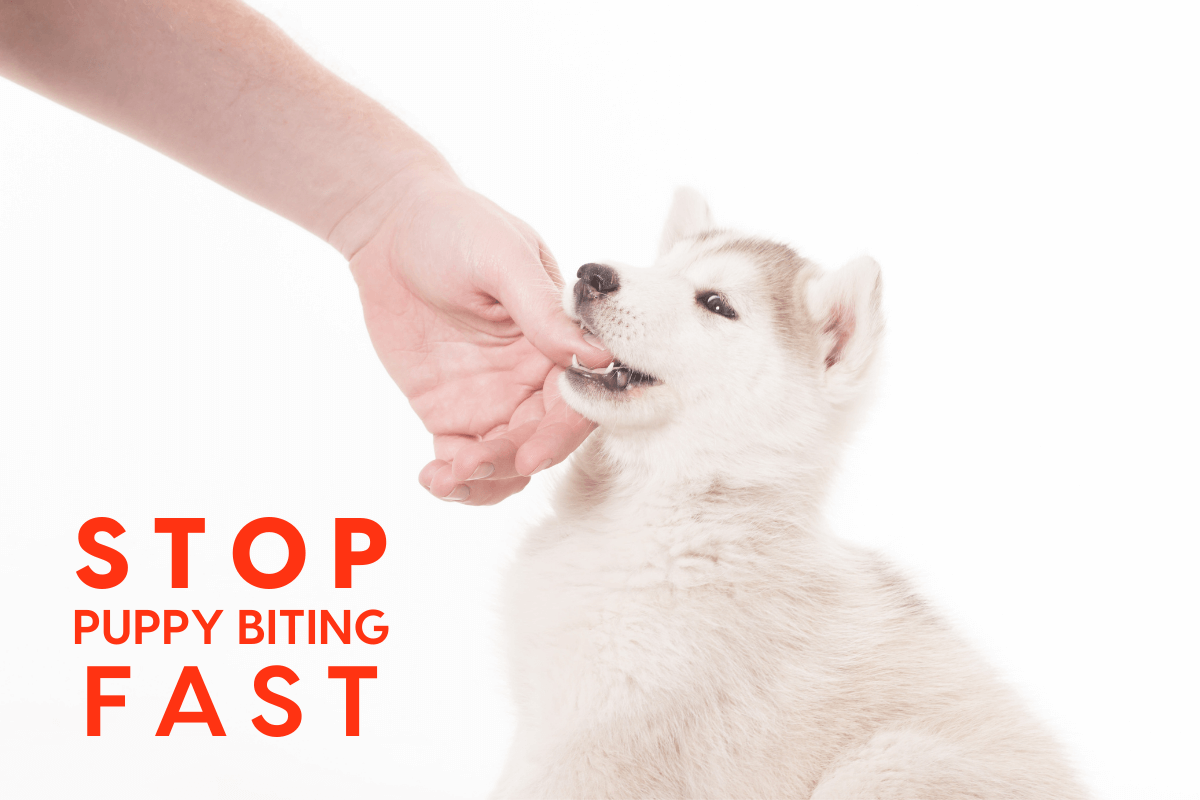Key Takeaways:
- Excessive barking or growling can be a sign of fear in dogs.
- Tail tucking or a lowered tail position may indicate fear in dogs.
- Avoidance behavior, such as hiding or cowering, is often a sign of fear in dogs.
- Excessive panting or drooling can be an indication of fear in dogs.
- Aggressive behavior, such as lunging or biting, may occur when a dog is fearful.
Introduction:
Do you ever wonder what your furry friend is trying to tell you? Dogs have a unique way of communicating, and one important aspect to understand is fear. Recognizing the signs of fear in dogs can be incredibly valuable for any dog owner or lover. It not only helps us better communicate with our four-legged companions but also ensures their well-being and happiness. Understanding this topic is essential because it allows us to create a safe and comforting environment for our beloved pets. So, if you're curious about how to decode your dog's emotions and ensure their emotional health, keep reading! Let's dive into the fascinating world of canine communication and discover the signs of fear in dogs that may surprise you.
Physical Signs of Fear in Dogs
Dogs have their own way of showing when they are scared or afraid. One physical sign of fear is when a dog crouches down low to the ground. They may also try to make themselves appear smaller by tucking their tail between their legs and flattening their ears against their head. Another physical sign is when a dog's body becomes tense and rigid, with their muscles visibly tightened.
Additionally, dogs may display a variety of facial expressions when they are feeling fearful. Their eyes may become wide and round, with dilated pupils. They may also show the whites of their eyes, which is commonly referred to as "whale eye." Furthermore, a scared dog might lick their lips frequently or yawn excessively, even if they are not tired.
Examples:
- A scared dog might lower its body close to the ground.
- The dog's tail may be tucked between its legs.
- Their ears will be flattened against their head.
Diagram:
```mermaid
graph LR
A[Crouching down low] --> B[Tail tucked between legs]
A --> C[Ears flattened against head]
```
Understanding a Dog's Body Language: Signs of Fear
Dogs communicate through body language, and it is important for us to understand what they are trying to tell us. When a dog is feeling fearful, they may exhibit certain behaviors that indicate their discomfort. For example, a scared dog might pant excessively or drool more than usual. They may also try to escape or hide from whatever is causing them fear by seeking shelter under furniture or in small spaces.
In addition, dogs often use avoidance behavior when they are scared. This means they will try to move away from the source of their fear, whether it is a person, another animal, or a loud noise. They might also turn their head away or avert their gaze to avoid direct eye contact, as this can be perceived as confrontational.
Examples:
- A scared dog may pant heavily or drool excessively.
- The dog may seek shelter under furniture or in small spaces.
- Dogs often try to avoid the source of their fear by moving away.
Diagram:
```mermaid
graph LR
A[Panting heavily] --> B[Seeking shelter]
A --> C[Avoiding direct eye contact]
```
Behaviors that Show a Dog is Scared
When a dog is scared, they may exhibit certain behaviors that indicate their fear. One common behavior is trembling or shaking. This can occur in response to a specific trigger, such as thunderstorms or fireworks, or it can be more generalized and occur in various situations. Another behavior that shows fear is when a dog becomes hyperactive or restless. They may pace back and forth, whine, or bark excessively.
In addition, some dogs show fear by freezing in place. They become completely still and rigid as if trying to blend into their surroundings. This behavior often occurs when a dog feels threatened and wants to avoid drawing attention to themselves. Other dogs might display submissive behaviors when they are scared, such as cowering down low with their tail tucked between their legs.
Examples:
- A scared dog may tremble or shake.
- The dog might become hyperactive and restless.
- Dogs may freeze in place or display submissive behaviors.
Diagram:
```mermaid
graph LR
A[Trembling or shaking] --> B[Hyperactivity and restlessness]
A --> C[Freezing in place]
C --> D[Submissive behaviors]
```
Decoding a Dog's Tail Position: Indicators of Fear
A dog's tail can provide valuable insight into their emotional state, including whether they are feeling fearful. When a dog is scared, they may hold their tail low or tuck it between their legs. This is a sign that they are trying to make themselves appear smaller and less threatening. In some cases, the tail may even be tucked tightly against the dog's belly.
On the other hand, a fearful dog might also wag their tail rapidly from side to side. This can be confusing because tail wagging is often associated with happiness or excitement. However, when a scared dog wags their tail in this manner, it usually indicates insecurity and anxiety rather than joy.
Examples:
- A scared dog may hold its tail low or tuck it between its legs.
- The tail can be tucked tightly against the dog's belly.
- A fearful dog might wag its tail rapidly from side to side.
Diagram:
```mermaid
graph LR
A[Tail held low] --> B[Tail tucked between legs]
B --> C[Tail tightly against belly]
D[Wagging tail rapidly from side to side]
```
Telltale Signs of Anxiety and Nervousness in Dogs
Anxiety and nervousness are common emotions experienced by dogs when they feel scared or threatened. These emotions can manifest in various ways. One telltale sign of anxiety is excessive yawning. A dog may yawn repeatedly, even when they are not tired, as a way to cope with their stress.
Another sign of anxiety in dogs is excessive licking or chewing on themselves, particularly their paws and legs. This behavior is often a self-soothing mechanism that helps them alleviate their anxious feelings. Additionally, dogs may also engage in destructive behaviors when they are anxious, such as digging at furniture or scratching doors.
Examples:
- A dog may yawn repeatedly as a sign of anxiety.
- The dog may lick or chew on themselves excessively.
- Dogs may exhibit destructive behaviors like digging or scratching.
Diagram:
```mermaid
graph LR
A[Excessive yawning] --> B[Excessive licking or chewing]
B --> C[Destructive behaviors]
```
Vocalizations that Dogs Make When They're Scared
Dogs communicate not only through body language but also through vocalizations. When a dog is scared, they may make certain sounds that indicate their fear. One common vocalization is whimpering or whining. This high-pitched sound is often an expression of distress and can be accompanied by trembling or cowering.
In addition to whimpering, a scared dog might also growl or bark in a defensive manner. These vocalizations serve as warnings to potential threats and are the dog's way of trying to protect themselves from perceived danger. It's important to note that while growling and barking can be signs of fear, they can also indicate aggression depending on the context and other accompanying behaviors.
Examples:
- A scared dog may whimper or whine.
- The dog might growl or bark defensively.
- These vocalizations can be accompanied by trembling or cowering.
Diagram:
```mermaid
graph LR
A[Whimpering or whining] --> B[Growling or barking]
B --> C[Trembling or cowering]
```
Important Signs of Fear to Observe During Interactions with Dogs
When interacting with dogs, it is crucial to pay attention to their behavior and body language to ensure their comfort and safety. Some important signs of fear to observe include a lowered body posture, such as crouching down low or rolling onto their back in a submissive position. These postures indicate that the dog is feeling scared and wants to avoid any potential threats.
Another important sign is when a dog starts to show aggression, such as growling, snapping, or baring their teeth. While aggression can be a defensive response to fear, it also indicates that the dog may be willing to escalate the situation if they feel threatened further. It's essential to give fearful dogs space and avoid actions that could provoke them.
Examples:
- A scared dog may lower its body posture by crouching down low.
- The dog might roll onto its back in a submissive position.
- If a dog shows aggression like growling or snapping, it's important to give them space.
Diagram:
```mermaid
graph LR
A[Lowered body posture] --> B[Crouching down low]
A --> C[Rolling onto back in submissive position]
D[Aggressive behaviors] --> E[Growling, snapping, baring teeth]
```
In conclusion, dogs show signs of fear through behaviors like trembling, hiding, and excessive barking. It is important for dog owners to understand these signs in order to provide a safe and comfortable environment for their furry friends.
What is fearful dog behavior?
Dogs that are afraid will try to avoid the things that scare them, similar to how people react. If they are unable to escape what they are afraid of, they may show signs of depression or disinterest, as well as trembling or cowering. They may also yawn or pace.
What is a fearful dog's body language?
A dog that is scared may exhibit behaviors such as leaning away or back, trembling, crouching, lowering their body or head, or rolling onto their side or back. They may also have wide-open eyes with dilated pupils, a wrinkled forehead, and a lowered or tucked tail.
What triggers fear in dogs?
For a dog, the fear can come from being in an unfamiliar place, surrounded by loud noises and unfamiliar smells, with strangers doing unfamiliar things. These factors alone can be enough to cause fear in dogs.
How long does fear last in dogs?
Keep in mind that being an adolescent dog in a complex world can be difficult, regardless of their size. The positive aspect is that these stages of uncertainty should not persist for a long time. Usually, the first and second fear periods only endure for about 2 to 3 weeks.
What are the four fear responses in dogs?
While many people are aware of the fight or flight response to danger, pets can also exhibit freezing and fretting reactions. It is important to understand all four reactions to danger in pets.
What not to do with a fearful dog?
According to Perry, it is not recommended to punish a fearful dog as it may worsen their fear and result in other behavioral problems. Instead, the owner should use positive reinforcement by rewarding the dog for exhibiting desired behaviors or responding appropriately to a situation, while ignoring any fearful reactions.

















